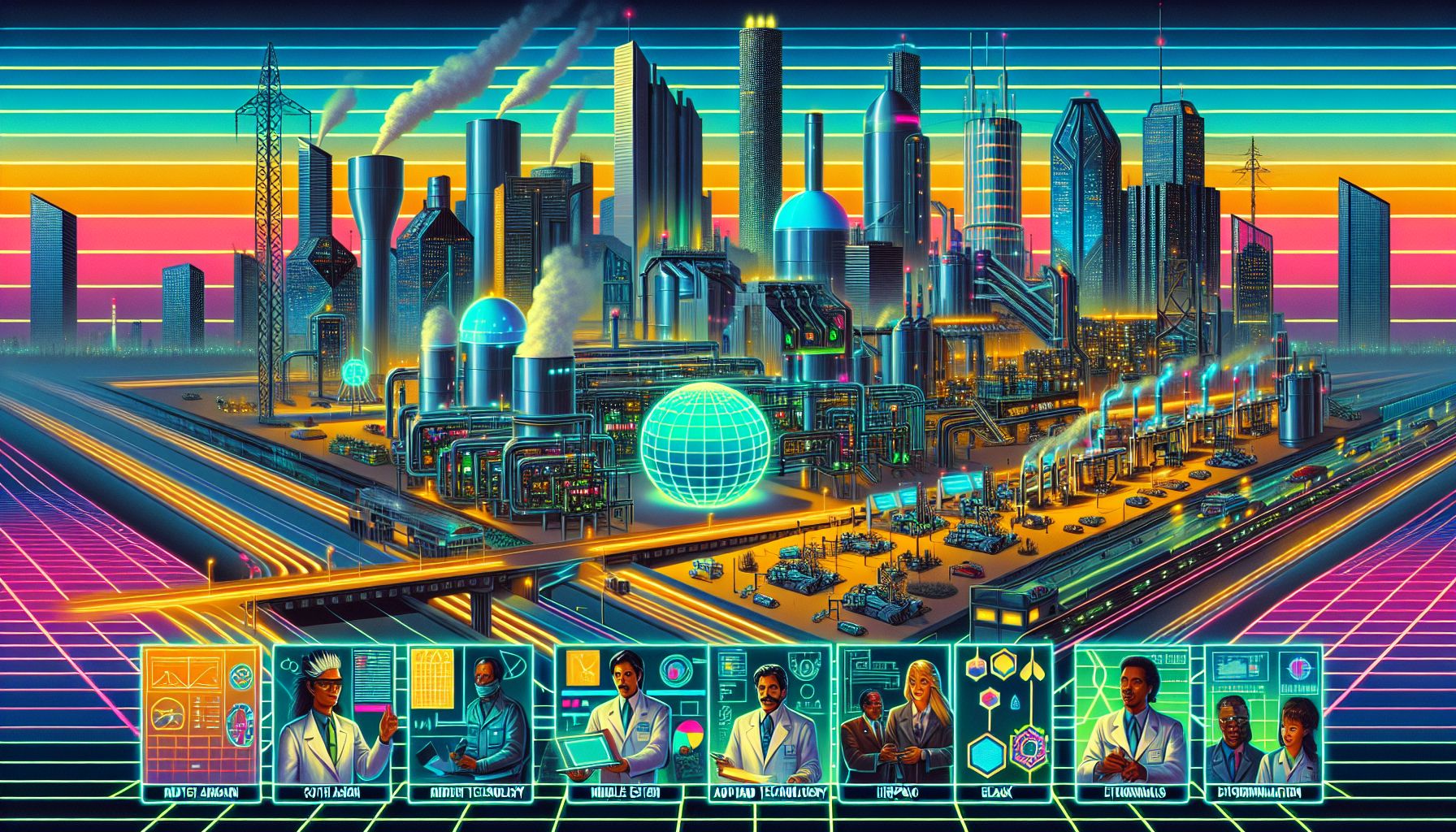Midwest's $22.2M Hydrogen Gamble: Clean Energy Dream or Environmental Nightmare?

Chicago, Thursday, 21 November 2024.
As the U.S. Department of Energy awards initial funding for the Midwest Hydrogen Hub, a fascinating clash emerges between economic promises and environmental concerns. While proponents celebrate potential job creation and industrial decarbonisation, environmental groups warn about fossil fuel dependence. The hub, spanning four states and potentially receiving up to $1 billion in federal support, aims to produce over 1,000 metric tonnes of hydrogen daily by 2030. However, the debate intensifies over whether this initiative truly advances clean energy goals or merely greenwashes traditional fossil fuel infrastructure. This pivotal moment in America’s energy transition carries significant implications for both regional industrial development and national climate objectives.
A Bold Vision for the Midwest
Imagine a world where steel plants hum with the quiet efficiency of clean hydrogen, rather than the noisy polluting din of fossil fuels. This vision edges closer to reality with the Midwest Hydrogen Hub’s initial $22.2 million funding. The hub, which includes Indiana, Illinois, Iowa, and Michigan, is part of a larger plan to revolutionise energy production in the region. The hub aims to leverage a diverse energy mix, including nuclear and natural gas with carbon capture, to support industries like transportation and manufacturing[1].
Economic Promise Meets Environmental Skepticism
However, not everyone is onboard with this hydrogen-powered future. Environmental advocates, including Earthjustice, express concerns that the hub could perpetuate reliance on fossil fuels under the guise of clean energy. They argue that the hub’s focus on blue hydrogen—which is derived from natural gas—might drain renewable resources without significantly reducing emissions[2]. Critics worry that this could undermine efforts to genuinely transition to green hydrogen, which is produced using renewable energy sources like wind and solar[3].
Jobs and Economic Growth: A Double-Edged Sword?
On the flip side, the potential economic benefits are substantial. The Phase 1 funding alone is expected to create around 12,000 construction jobs across the four states involved. Indiana, with its BP Whiting Refinery project, stands at the forefront of this new energy venture. Governor Eric Holcomb has highlighted the project as a beacon for economic investment and innovation, suggesting it could lead to thousands of sustainable careers in the region[1]. Yet, the question remains: will these jobs support a clean energy transition or simply bolster the status quo?
The Bigger Picture: National and Global Impacts
With the Biden administration targeting the production of 10 million metric tonnes of hydrogen annually by 2030, the success or failure of the Midwest hub could have far-reaching implications. If successful, it might signal a shift towards a cleaner energy economy, setting a precedent for similar projects nationwide. However, if the hub fails to deliver on its clean energy promises, it could become a cautionary tale of well-intentioned initiatives falling short[4]. As the debate rages on, the Midwest’s hydrogen hub stands at the crossroads of opportunity and caution, a poignant reminder of the delicate balance between economic growth and environmental stewardship.